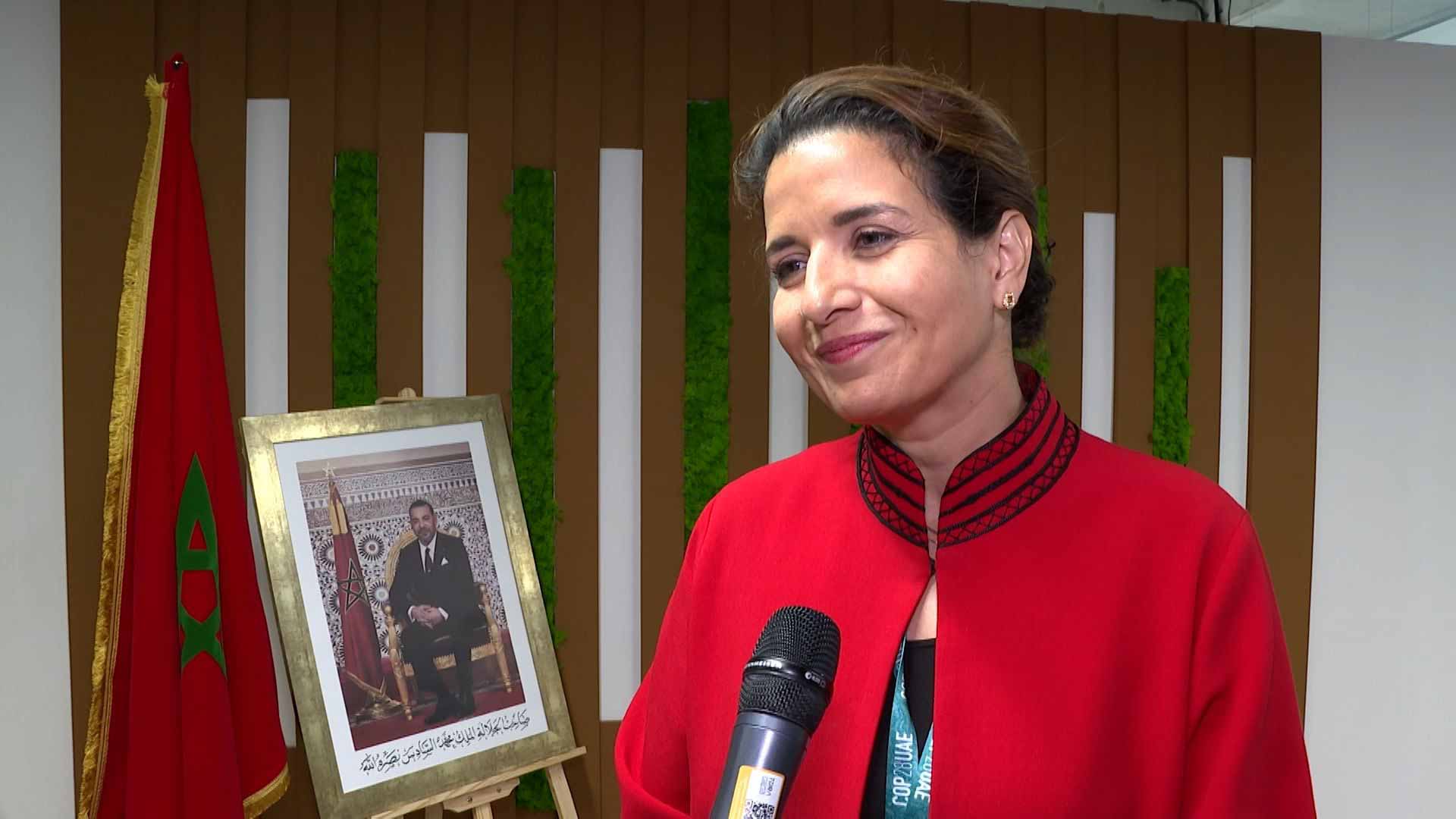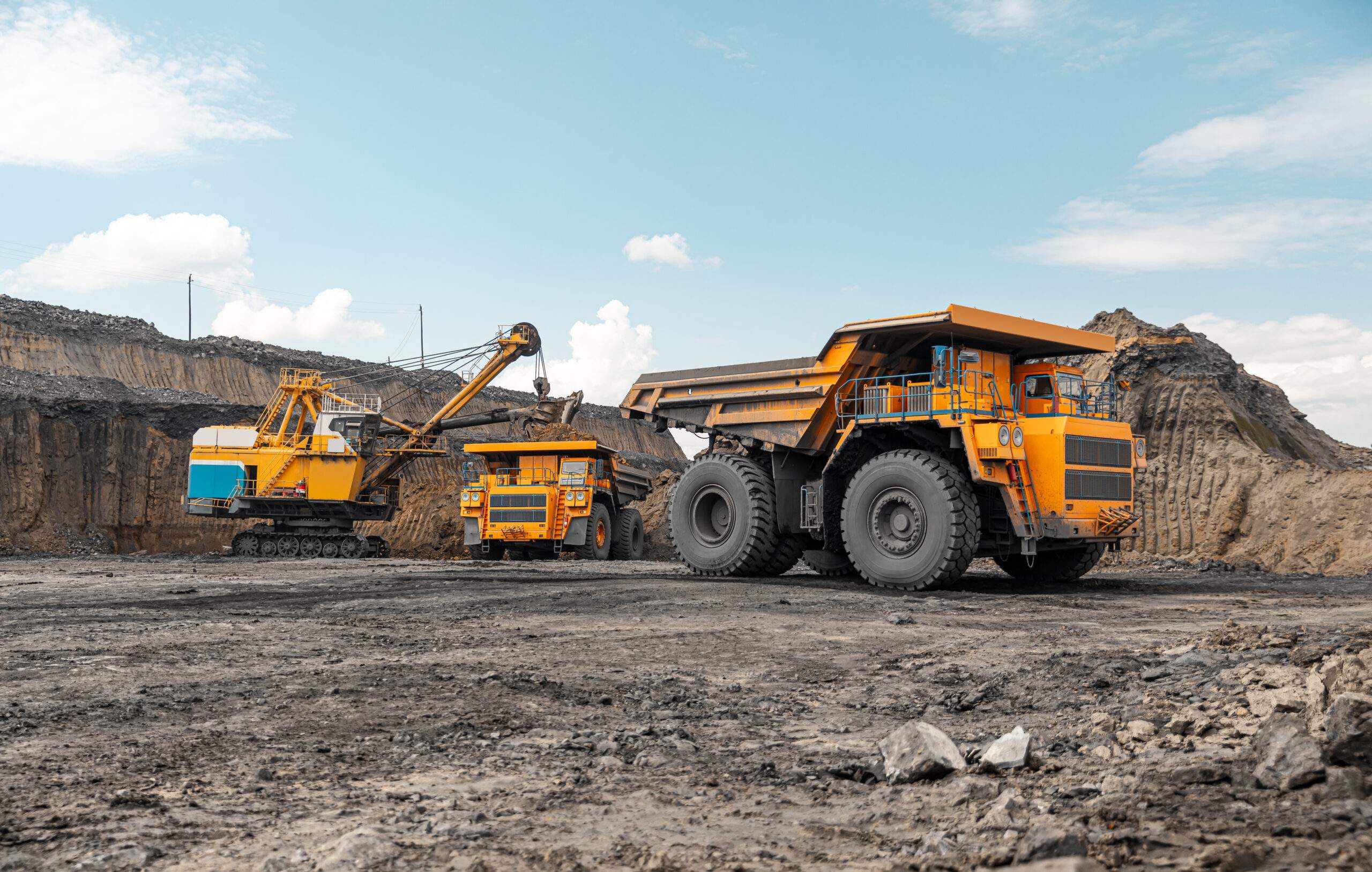Harmony invests in renewables
At Harmony, we understand the importance of mining for the future, and as the South African gold mining champion, we have illustrated time and again that sustainability is the driving force of our business. Whilst sustainable development isn’t a new concept to our business, we are aware that to earn credibility and remain competitive whilst future- proofing our business, we had to embed ESG (Environmental, Social, and Governance) into our business strategy.
Sustainable development is covered by the first pillar of our strategy – responsible stewardship, and this strategy is an all-encompassing risk-based strategy – one in which all the components of the business are considered.
With the urgent call to action to decarbonize the global economy, the mining industry is as real an enabler as ever as it will play a pivotal role in the energy transition, providing commodities that will help solve one of the planet’s most pressing priorities – a low carbon transition.
The International Council on Mining and Metals (ICMM) has put the spotlight on the mining industry’s decarbonisation and sustainable development efforts.
The South African mining industry has also signaled its support for South Africa’s transition to a low-carbon economy; after all, we are a signatory to the United Nations Framework Convention on Climate Change and the Paris Climate Change Agreement.
As an energy emissions-intensive emerging market country, South Africa must participate meaningfully in the global effort to move towards net-zero carbon emissions by 2050.
The Minerals Council South Africa supports the Paris Climate Change Agreement’s ambition of net zero greenhouse gas (GHG) emissions by 2050.
The Minerals Council is also fully behind the need for a people-centric and pragmatic “just energy transition” tailored at a country level to meet South Africa’s development, economic, and energy security ambitions.
The Mineral Council is developing a Net Zero 2050 Action Plan and pathway towards achieving the goal of net zero GHG emissions.
This action plan for mining will include increasing the share of investment in renewable energy sources. These sources include green hydrogen, solar, wind, and battery storage. It will also require research, development, and innovation into new technologies and future facing metals. The ongoing adoption of 4IR technologies and modern mining methods will need to be combined with critical skills development to ensure future capabilities are developed. Engaging the supplier base for collaborative programmes to assist with greenhouse gas reductions across the entire supply chain. This will all help ensure a realistic and effective, people-centric, Just Energy transition
In addition to the Minerals Council plans, the SA mining industry has been seeking solutions to reduce emissions while minimising electricity demand on the grid. These solutions will contribute towards improved energy security, continued value creation and the overarching benefit of doing well as responsible corporate citizens.
The South African government has recently announced a move towards a low-carbon economy by increasing the limit for exemption from license requirements for self-generation projects to 100MW. The president has however tabled the complete removal of the licensing threshold for embedded generation to help fix the energy crisis in South Africa
These changes will provide a significant tailwind to investment in embedded generation projects – providing an opportunity for the likes of Harmony, South Africa’s largest gold producer by volume, to embark on its renewable energy strategy, which has been in the pipeline for the last few years already..
With ‘Responsible Stewardship’ as the first of its four strategic pillars, Harmony has been proactively positioning itself to address climate change since 2010.
The gold miner is pursuing an aggressive renewable energy rollout plan to decarbonise its mines to net zero by 2045.
Harmony has already concluded an independent power producer (IPP) for the construction of three renewable solar photovoltaic (PV) plants.
The plants will have a total installed capacity of 30MW and will deliver more than 68 gigawatt hours (GWh) of clean power to Harmony’s Free State operations, mitigating 65 000 tonnes of carbon dioxide emissions in their first 12 months of operation.
The company expects 1.3 terawatt hours (TWh) of clean energy to be delivered from the plans over their 20-year lifespan.
The plants rank among the biggest solar PV plants for private offtake in South Africa to date and the first energy is expected to flow from the plants in March 2023.
“As a socially and ecologically conscious miner, we are committed to ecologically responsible mining to contribute to a low carbon future and leave a lasting positive legacy,” says Melanie Naidoo-Vermaak, Harmony’s Senior Group Executive responsible for Sustainable Development.
“Harmony plans to build an additional 137MW of renewable energy at its various long-life mines as part of Phase 2 of it renewable energy programme.”
These projects contribute towards our 2045 aspiration of being carbon net zero and they de-risk our business while delivering significant economic value to Harmony and improving the wellbeing of our host communities for many years to come. Furthermore, Harmony expects this initiative to deliver over R500 million per annum in electricity costs savings once it reaches full production by the full year of 2025.
“Renewables remain a substantial focus in the short and medium term,” says Naidoo-Vermaak.
Supporting the miner’s decarbonisation strategy are syndicated multi-tranche, multi-currency loan facilities of $400 million (about R6.1 billion) and R4 billion. The syndication was led by Absa and Nedbank and was supported by a variety of local and international financial institutions.
It includes a R1.5 billion loan for the phase 2 renewables projects as well as three sustainability-linked loans that are aligned with Harmony’s Environmental, Social and Governance (ESG) and sustainable development targets.
Harmony is also exploring options for liquefied natural gas or syngas and testing the market for wheeling in wind to its South African assets.
Alongside its investment in renewable energy and decarbonising its assets, Harmony Gold is keenly aware of the need to be far more efficient in consuming energy.
Harmony’s energy-efficiency initiatives focus on mine cooling, compressed air, water management, and ventilation. The use of digital-twins is help drive these efficiencies. Total savings from these initiatives were R309 million for full-year 2021, of which R50 million originated from new projects. To date, Harmony Gold has implemented over 200 energy-efficiency initiatives at its operations, generating cumulative savings of around R1 billion.
“All these efforts indicate that Harmony is committed to working with government and other stakeholders to embark on a deep decarbonisation path towards net-zero and ensure that our company contributes its fair share to the global climate-change effort,” says Naidoo-Vermaak.
Share this content:














